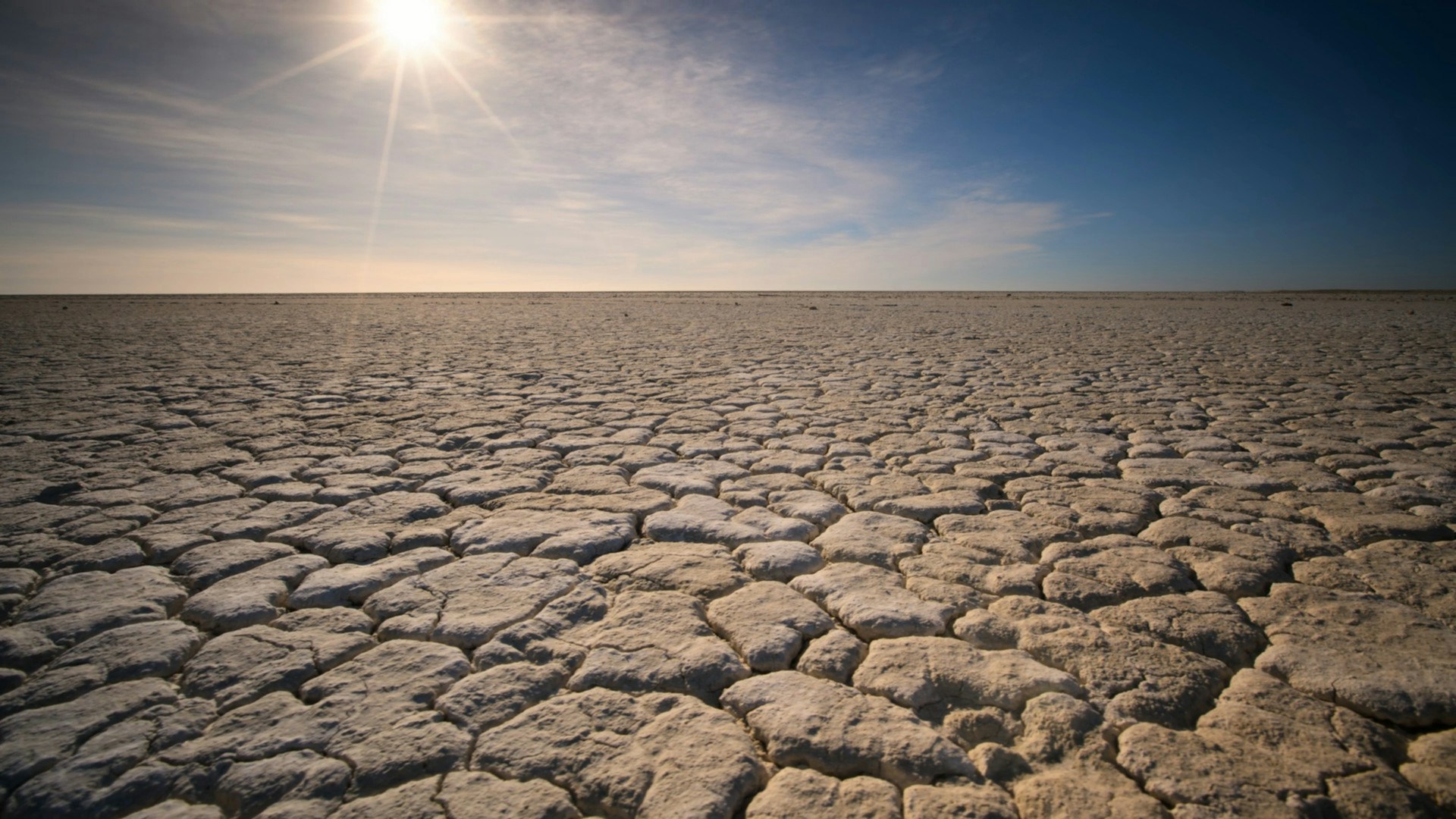From Floods to Droughts: Understanding Bangladesh’s Climate Vulnerability
Bangladesh has long been known as a land of rivers—a deltaic wonder shaped by the mighty Ganges, Brahmaputra, and Meghna. But today, this same geography places the country at the frontline of climate change, with growing volatility in rainfall patterns, extreme weather events, and rising sea levels reshaping the landscape of life and livelihoods. Once known for seasonal monsoons and fertile floodplains, Bangladesh is now facing the dual threat of devastating floods and prolonged droughts—a paradox that underscores the deepening climate vulnerability of the nation.
A Climate Hotspot
According to the Global Climate Risk Index, Bangladesh ranks among the top ten countries most affected by extreme weather events over the past two decades. This vulnerability is not merely geographical—it’s deeply socio-economic. With nearly 40% of the population dependent on agriculture, and millions living in low-lying, disaster-prone regions, the country is highly susceptible to even small climatic shifts.
When Too Much Water Becomes a Curse
In recent years, the frequency and intensity of floods have increased dramatically. In 2022 alone, large portions of Sylhet, Sunamganj, and Kurigram were submerged for weeks, displacing thousands and causing crop losses estimated at over Tk 500 crore. What used to be seasonal floods—natural and even beneficial for agriculture—have become erratic and prolonged, bringing destruction rather than renewal.
The changing rainfall patterns are largely attributed to global warming-induced shifts in the South Asian monsoon system. Heavy rainfall over short periods is overwhelming riverbanks and flood protection infrastructure, and poor urban planning is exacerbating the effects in cities like Dhaka and Chattogram.
The Slow Creep of Drought
At the same time, northern and northwestern districts like Rajshahi, Chapainawabganj, and Dinajpur are experiencing an increasing number of dry spells and groundwater depletion. The Boro rice season, which depends heavily on irrigation, has been affected by erratic rainfall and declining river flow, particularly during the pre-monsoon period.
Unlike floods, droughts creep in silently—damaging crops, reducing water availability, and affecting food security. In some areas, farmers are forced to use expensive diesel-powered pumps to draw deeper groundwater, which raises both economic and environmental concerns.
The Human Toll
These climatic extremes are not just environmental—they’re humanitarian. They displace families, destroy livelihoods, and erode community resilience. Bangladesh currently experiences the internal displacement of nearly 500,000 people every year due to climate-related disasters. The poorest and most marginalized communities—particularly women, children, and indigenous populations—are disproportionately affected, lacking both the resources and political voice to recover.
Are We Prepared?
The Government of Bangladesh has taken significant steps to address these challenges. The Bangladesh Climate Change Strategy and Action Plan (BCCSAP), the Delta Plan 2100, and localized disaster risk reduction frameworks are key components of national climate resilience. However, implementation gaps, lack of coordination, and limited access to climate finance continue to impede progress.
Moreover, traditional infrastructure solutions like embankments and flood control gates are often undermined by poor maintenance or lack of local participation in design. What is needed now is a holistic, locally-led adaptation approach that integrates nature-based solutions, climate-smart agriculture, early warning systems, and community knowledge.
The Role of Global Responsibility
While Bangladesh is doing its part, it cannot—and should not—bear this burden alone. The country contributes less than 0.5% of global greenhouse gas emissions, yet faces some of the harshest consequences. As the world gathers for climate negotiations year after year, it is critical that wealthier nations fulfill their promises on climate finance, loss and damage funding, and technology transfer.
Hope from the Ground
Despite the daunting challenges, hope is not lost. Across Bangladesh, youth leaders, NGOs, and climate innovators are stepping up. From floating farms in the wetlands of Barisal to community-led water management in the drought-prone north, people are actively adapting and innovating.
Few Organizations are mobilizing youth volunteers to plant trees, raise awareness, and implement green solutions in both urban and rural settings. This collective spirit—driven by empathy, urgency, and creativity—is perhaps the most powerful tool we have.
Bangladesh’s journey from floods to droughts is not just a story of crisis, but also of courage and capacity. Climate change is not a distant threat—it is our present reality. If we are to build a future that is safe, sustainable, and inclusive, we must act now—together, locally and globally.
The water may rise and the rain may falter, but our resolve must remain unshaken.
Source: United Nations Development Program

